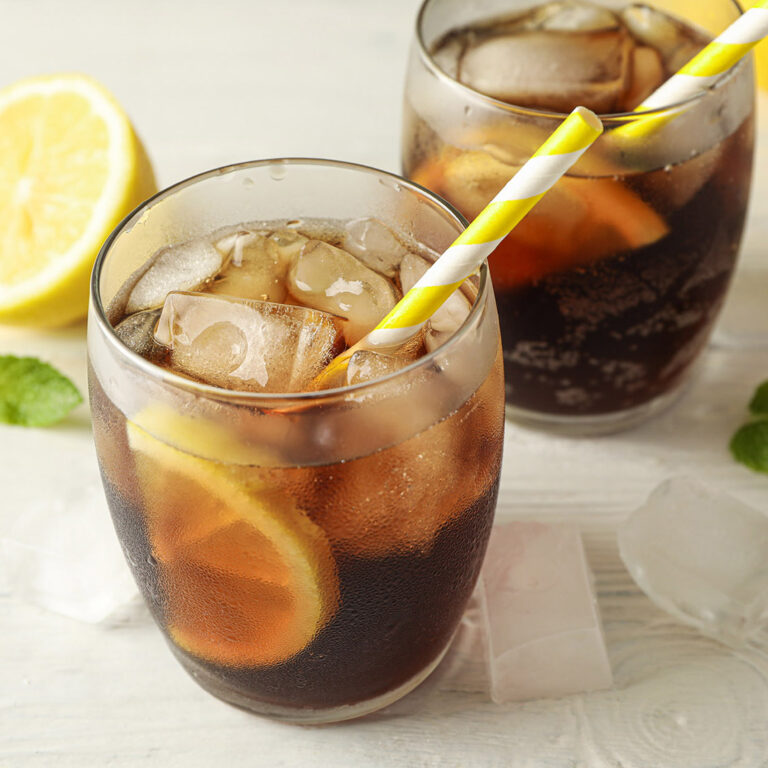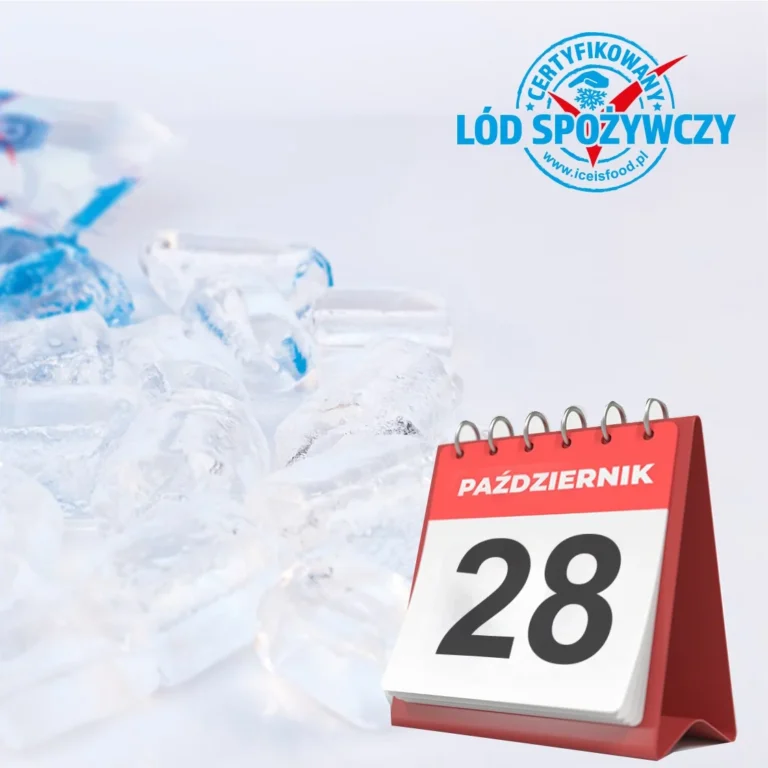
A strange taste of ice
Owners of ice makers, ice maker refrigerators, and ice trays often see that the taste of their ice drink is a little “strange.”

Owners of ice makers, ice maker refrigerators, and ice trays often see that the taste of their ice drink is a little “strange.”

Many publications suggest that adding ice to drinks, which makes them very cold, can irritate the throat and vocal cords, especially in hot weather.

What are the main differences between industrially produced and home-made ice? Piotr Lewiński, food technologist, explains the key differences.
We are in the third decade of the 21st century now, but just a few years ago none of us would have thought that ice cubes would be an indispensable product

The Food and Nutrition Safety Act has been in force in Poland since 28 October 2006. The food law is a set of legal acts establishing rules for the production and circulation of raw materials, food, and objects coming...

It is well known, especially from reports of the Supreme Audit Office (NIK), which regularly examines various elements of the system, that the control of food safety in Poland leaves a lot to be desired.

The Food and Nutrition Safety Act has been in force in Poland since 28 October 2006. The food law is a set of legal acts establishing rules for the production and circulation of raw materials, food, and objects coming into contact with raw materials and food to the extent necessary to protect health and meet consumer expectations.

There are few studies that provide information on standards for the production of ice cubes. One of them are reports released by ice machine manufacturer Ice-O-Matic. They showed that almost 40% of operators acknowledge that they did not realise how often the ice machine, especially the water filters, needed cleaning. This showed that this area is often a neglected place. In addition, despite being professionally involved in the production of ice cubes, operators were unaware that bacteria were able to survive in ice.

Listeria monocytogenes is a broad-spectrum bacterium that multiplies between -0.4 °C and 50 °C, is resistant to short-term pasteurisation and freezing as well as subliminal doses of preservatives and detergents, thrives under both aerobic and anaerobic conditions,